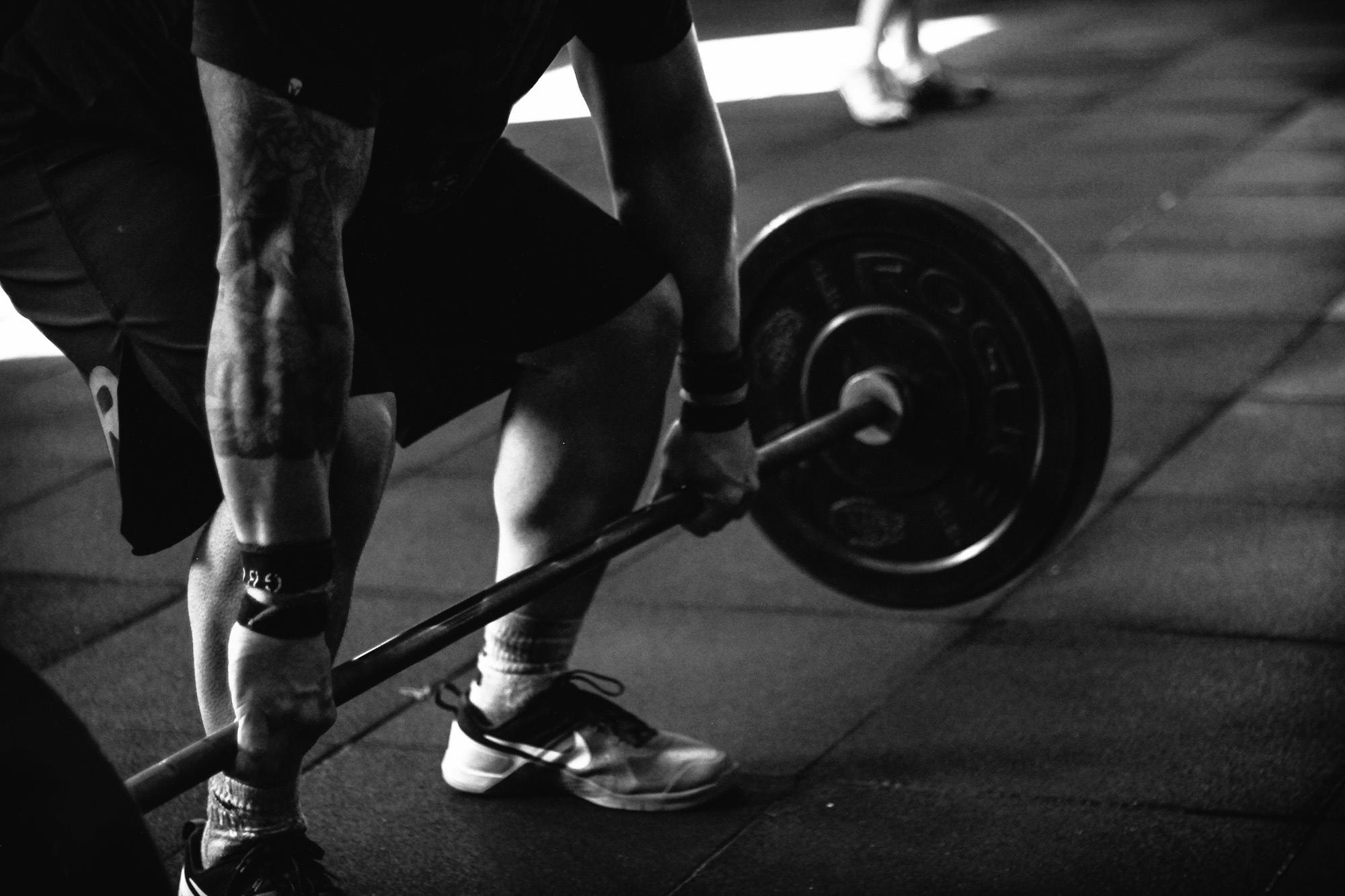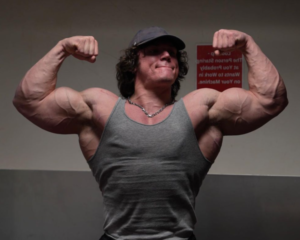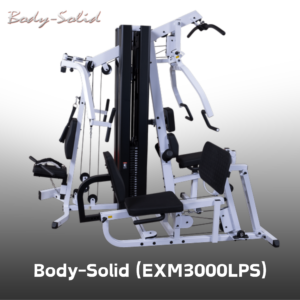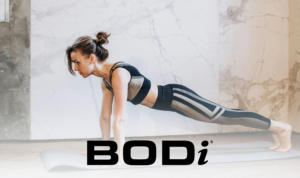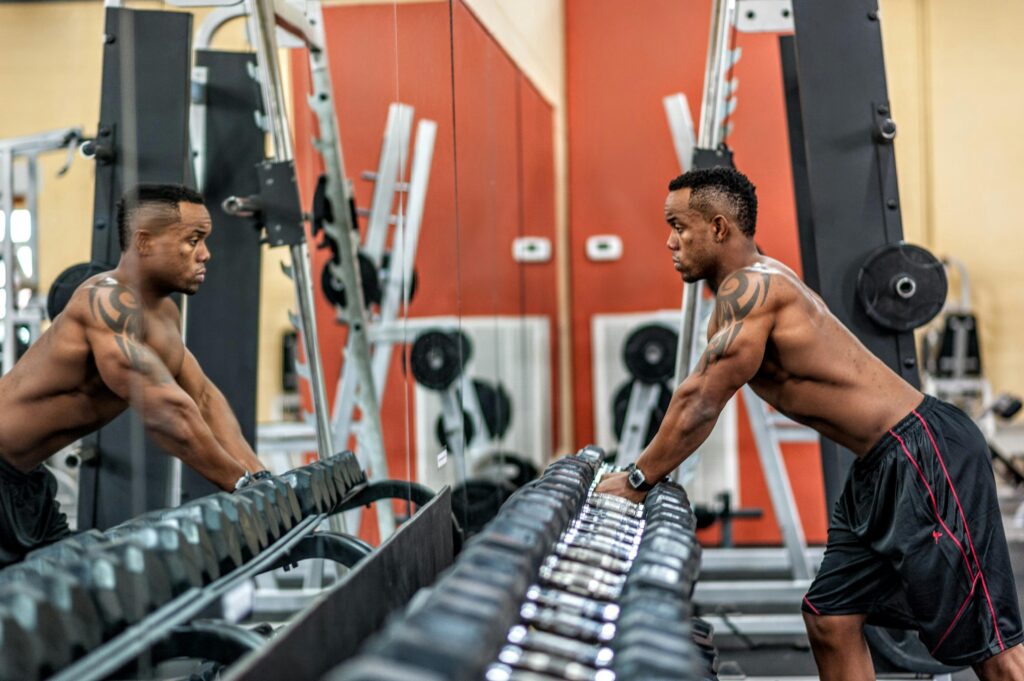
Bro Split vs PPL is a very usual discussion among people who structure workouts. Both of the training programs have their unique benefits, targeted at different fitness goals and lifestyles. Whether one wants to work on the isolation of muscles or the overall general growth, understanding these splits is the key to optimizing your workout. In this comprehensive guide, we will look at the pros and cons of each program, along with the ideal applications that would help you make a better choice for yourself.
Table of Contents
What is the Bro Split?

The Bro Split is a traditional workout routine where you train specific muscle groups on different days of the week. Each workout day focuses exclusively on one or two muscle groups, typically following a structure like:
- Day 1: Chest
- Day 2: Back
- Day 3: Shoulders
- Day 4: Arms
- Day 5: Legs
This approach allows for high volume and intensity, targeting each muscle group thoroughly. Many bodybuilders and fitness enthusiasts favor this split because it focuses on aesthetics and muscle isolation.
Benefits of the Bro Split
- Muscle Isolation
The Bro Split allows for a laser focus on each muscle group. If your goal is to maximize muscle hypertrophy (growth) and achieve balanced proportions, this split ensures every muscle gets individual attention. - Simplicity
The straightforward nature of this split makes it easy to plan workouts. Beginners and advanced lifters alike can follow this program without overcomplicating their routines. - Long Rest Periods
Each muscle group gets nearly a week of recovery time before being trained again, allowing full recovery if your workouts are high in intensity and volume.
Drawbacks of the Bro Split
- Low Frequency
Muscles are trained only once per week, which may not be optimal for growth. Studies suggest training each muscle group 2-3 times per week can be more effective for hypertrophy. - Not Time-Efficient
Spending a whole workout on just one or two muscles can be inefficient, especially for those with limited time to exercise. - Risk of Imbalances
If you miss a workout day, that muscle group won’t be trained until the next week, potentially leading to imbalances over time.
What is the PPL Split?

The Push Pull Legs (PPL) split is a functional and balanced workout structure that organizes training sessions by movement patterns:
- Push Day: Chest, shoulders, and triceps (muscles used in pushing movements).
- Pull Day: Back and biceps (muscles used in pulling movements).
- Leg Day: Quads, hamstrings, calves, and glutes.
This routine is often repeated twice a week, forming a six-day training plan. PPL emphasizes higher training frequency, which is a key driver of muscle growth and strength development.
Benefits of the PPL Split
- Higher Training Frequency
By training each muscle group twice a week, PPL maximizes hypertrophy and strength gains. This is ideal for those aiming for faster progress. - Balanced Recovery
Grouping muscles by movement patterns ensures you’re not overloading a single group. For instance, your biceps get indirect work on pull days and direct work through isolation exercises. - Versatility
PPL can be tailored to different fitness levels, from beginners doing a three-day split to advanced lifters following a six-day routine.
Drawbacks of the PPL Split
- Time-Intensive
Completing a full PPL cycle requires a minimum of three days and ideally six days for advanced trainees. This can be challenging for those with busy schedules. - Demanding Workouts
Each session targets multiple muscles, often leading to longer and more intense workouts. Beginners may find this overwhelming. - Less Isolation
While effective for overall development, PPL may not offer the same level of focus on individual muscle groups as the Bro Split.
Head-to-Head Comparison: Bro Split vs PPL
| Aspect | Bro Split | PPL Split |
|---|---|---|
| Frequency | Trains each muscle group once a week | Trains each muscle group twice a week |
| Focus | Muscle isolation and aesthetics | Functional strength and overall growth |
| Suitability | Bodybuilders and intermediate lifters | Beginners, intermediates, and advanced |
| Time Commitment | 4-5 days per week | 3-6 days per week |
| Workout Length | Shorter, single-muscle sessions | Longer, multi-muscle sessions |
| Recovery | Longer recovery per muscle group | Balanced recovery between sessions |
Examples Of Bro Split vs PPL
Brosplit:
| Day | Muscle Group | Example Exercises |
| Monday | Chest | Bench Press, Incline Dumbbell Press, Cable Flyes |
| Tuesday | Back | Deadlifts, Pull-Ups, Barbell Rows, Lat Pulldown |
| Wednesday | Shoulders | Overhead Press, Lateral Raises, Face Pulls |
| Thursday | Arms | Barbell Curls, Tricep Dips, Hammer Curls |
| Friday | Legs | Squats, Leg Press, Hamstring Curls, Calf Raises |
| Saturday | Rest | Recovery |
| Sunday | Rest | Recovery |
PPL:
| Day | Focus | Example Exercises |
| Monday | Push (Chest, Shoulders, Triceps) | Bench Press, Overhead Press, Dips, Lateral Raises |
| Tuesday | Pull (Back, Biceps,Rear Delt) | Deadlifts, Pull-Ups, Barbell Rows, Bicep Curls |
| Wednesday | Legs | Squats, Leg Press, Romanian Deadlifts, Calf Raises |
| Thursday | Rest | Recovery |
| Friday | Push (Chest, Shoulders, Triceps) | Incline Bench Press, Arnold Press, Tricep Pushdowns |
| Saturday | Pull (Back, Biceps,Rear Delt) | T-Bar Rows, Lat Pulldowns, Dumbbell Rows, Preacher Curls |
| Sunday | Legs | Front Squats, Bulgarian Split Squats, Hamstring Curls, Calf Raises |
Muscle Group Focus Bro Split vs PPL
The Bro Split is designed for maximum muscle isolation, dedicating an entire workout session to one or two muscle groups. This approach lets you thoroughly target each muscle with multiple exercises and higher volume. For example:
- Chest Day: Bench press, incline dumbbell press, chest fly, dips, and push-ups.
- Leg Day: Squats, leg presses, hamstring curls, calf raises, and lunges.
By isolating muscle groups, the Bro Split enables you to fine-tune specific areas of your physique, which is particularly beneficial for bodybuilders aiming for symmetry and proportion.
The Push Pull Legs (PPL) split groups of muscles based on movement patterns rather than individual focus. This approach emphasizes functional training by engaging multiple muscle groups in a single workout. For example:
- Push Day: Bench press (chest), shoulder press (delts), tricep dips (triceps).
- Pull Day: Deadlifts (back), pull-ups (lats), bicep curls (biceps).
- Leg Day: Squats (quads), Romanian deadlifts (hamstrings), standing calf raises (calves).
This structure promotes balanced growth across the entire body, ensuring no muscle group is neglected while improving strength and coordination.
Suitability for Beginners: Bro Split vs PPL
The Bro Split focuses on isolating one muscle group per session, making it simple for beginners to follow. However, training each muscle only once per week may not maximize growth for beginners, who benefit from higher frequency. If the program emphasizes isolation exercises, beginners might also miss out on essential compound lifts.
The Push Pull Legs (PPL) split is ideal for beginners due to its balanced structure and emphasis on compound lifts. It trains all major muscle groups twice a week, promoting faster growth and balanced development. PPL’s flexibility allows beginners to start with fewer sets and adjust as they progress.
Suitability for Intermediate and Advanced Lifters
Bro Split for Intermediate and Advanced Lifters
The Bro Split is a popular choice for experienced lifters aiming to refine their physique and focus on specific muscle groups. Advanced lifters benefit from the higher volume per session, which allows them to exhaust individual muscles thoroughly.
Why It Works:
- Muscle Isolation: Perfect for targeting lagging muscle groups.
- High Volume: Allows advanced lifters to handle intense workloads.
Challenges:
- Lower training frequency may not maximize growth potential for intermediate lifters.
- Missing a session impacts overall balance, as each muscle is trained only once per week.
PPL for Intermediate and Advanced Lifters
The Push Pull Legs (PPL) split is versatile and scalable, making it suitable for intermediate and advanced lifters. It promotes balanced growth and functional strength while offering the flexibility to increase volume and intensity.
Why It Works:
- Higher Frequency: Training each muscle group twice a week maximizes hypertrophy and strength gains.
- Customization: Advanced lifters can incorporate more complex movements, supersets, or additional volume.
Challenges:
- Requires a greater time commitment (up to 6 days per week) for maximum benefits.
- Workouts can become physically demanding without proper recovery.
Muscle Growth Potential: Bro Split vs PPL
Bro Split
The Bro Split focuses on isolating one muscle group per session, offering high-volume workouts ideal for advanced lifters refining their physique. However, the low frequency of training each muscle once per week may limit growth for beginners and intermediates.
Best For:
- Aesthetic refinement and advanced muscle targeting.
PPL
The Push Pull Legs (PPL) split promotes consistent growth with higher frequency, training each muscle twice a week. This approach is excellent for balanced development and maximizing hypertrophy, especially for beginners and intermediates.
Best For:
- Overall growth and consistent muscle stimulation.
Recovery and Rest Days Bro Split vs PPL
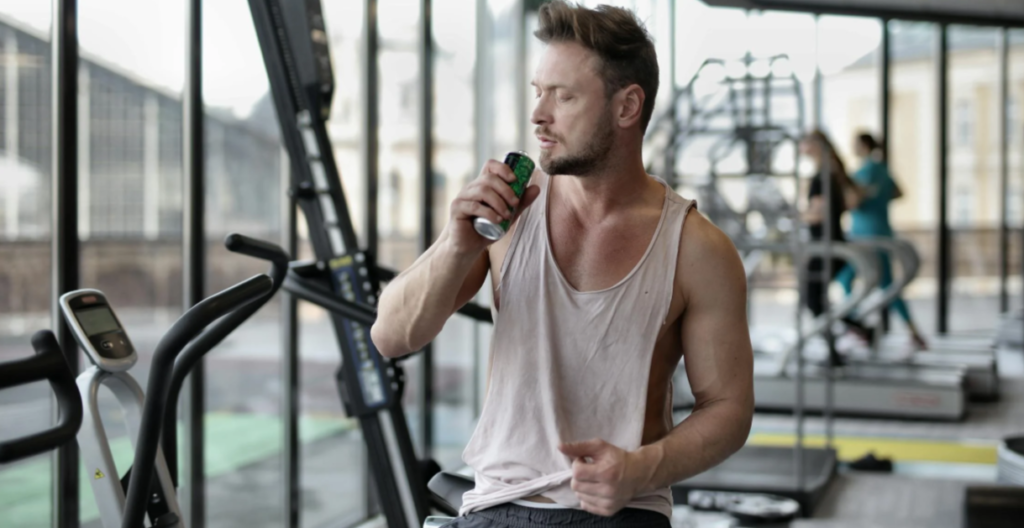
Recovery in Bro Split
The Bro Split provides ample recovery time, with each muscle group trained only once per week. This allows for full muscle repair before the next session. However, the low frequency may lead to under-stimulation for some lifters.
Key Points:
- Long recovery periods for each muscle group.
- Risk of slower progress if rest days are excessive.
Recovery in PPL
The Push Pull Legs (PPL) split balances recovery with frequency, training each muscle twice a week while incorporating strategic rest days. A common schedule includes 1–2 rest days per week to avoid overtraining.
Key Points:
- Shorter recovery periods promote consistent stimulation.
- Proper rest management is crucial to avoid burnout.
Who Should Choose Which?

Who Should Choose the Brosplit?
The Bro Split is ideal for:
- Advanced Lifters: Focused on muscle isolation and refining specific areas.
- Bodybuilders: Prioritizing symmetry and aesthetics over functional strength.
- People with Time for Long Sessions: The Bro Split often involves high-volume workouts for a single muscle group.
It’s less suitable for beginners or those aiming for overall strength and balanced development.
Who Should Choose the PPL Split?
The Push Pull Legs (PPL) split works best for:
- Beginners and Intermediates: Seeking balanced growth and higher training frequency.
- Athletes: Wanting functional strength and well-rounded development.
- Busy Schedules: Flexible scheduling makes it adaptable for 3 to 6 workout days per week.
PPL is versatile and supports growth at all levels, making it a great choice for most lifters.
Final Takeaway Bro Split vs PPL
- Choose Bro Split if your focus is on aesthetics and you’re an advanced lifter.
- Opt for PPL Split if you want balanced growth, functional strength, and flexibility in your training routine.
Your choice depends on your goals, experience level, and lifestyle.
Conclusion: Bro Split vs PPL – Which Is Better?
The choice between the Bro Split and the Push Pull Legs (PPL) split depends on your goals, experience level, and training preferences.
- Choose Bro Split if your priority is muscle isolation and aesthetic refinement, especially if you’re an advanced lifter or bodybuilder.
- Choose PPL if you want balanced muscle growth, higher training frequency, and functional strength, making it the better option for beginners and intermediates.
For most people, the PPL split offers greater overall benefits due to its flexibility, efficiency, and ability to promote consistent progress.
Famous People: Bro Split vs PPL
Here are examples of famous individuals who use the Bro Split and Push-Pull-Legs (PPL) workout routines, along with links to their Instagram profiles:
Bro Split Practitioners:
- Chris Bumstead: Four-time Mr. Olympia Classic Physique champion known for his aesthetic-focused bro split training.
- Instagram: @cbum
- Jay Cutler: Legendary bodybuilder and four-time Mr. Olympia winner who incorporates bro splits in his training.
- Instagram: @jaycutler
- Phil Heath: Seven-time Mr. Olympia, another advocate for the bro split style to target muscle hypertrophy.
- Instagram: @philheath
PPL Practitioners:
- Jeff Nippard: A fitness influencer and science-based trainer who regularly demonstrates PPL routines.
- Instagram: @jeffnippard
- John Meadows: A late professional bodybuilder and coach who popularized variations of the PPL routine for both advanced and intermediate athletes.
- Instagram: @mountaindog1
- David Laid: A fitness model and influencer well-known for showcasing his PPL workouts on social media.
- Instagram: @davidlaid
These athletes demonstrate how the two workout styles can cater to specific goals, from bodybuilding competitions to general fitness improvements. Let me know if you’d like more details on their routines!

Feel free to check out my other blog posts for more insights and tips on fitness and exercise programs! You can find them at https://jackvibe.com/

